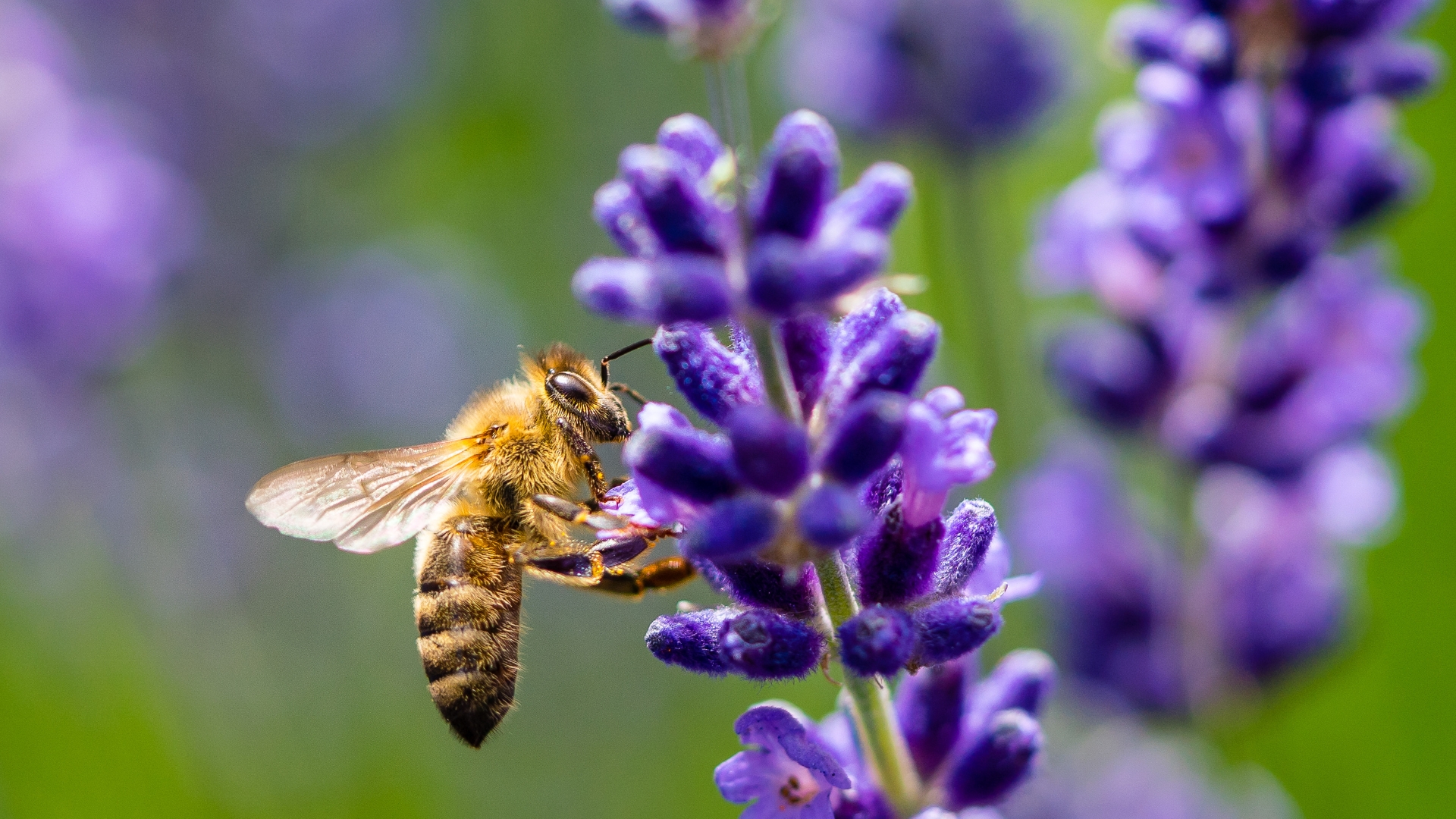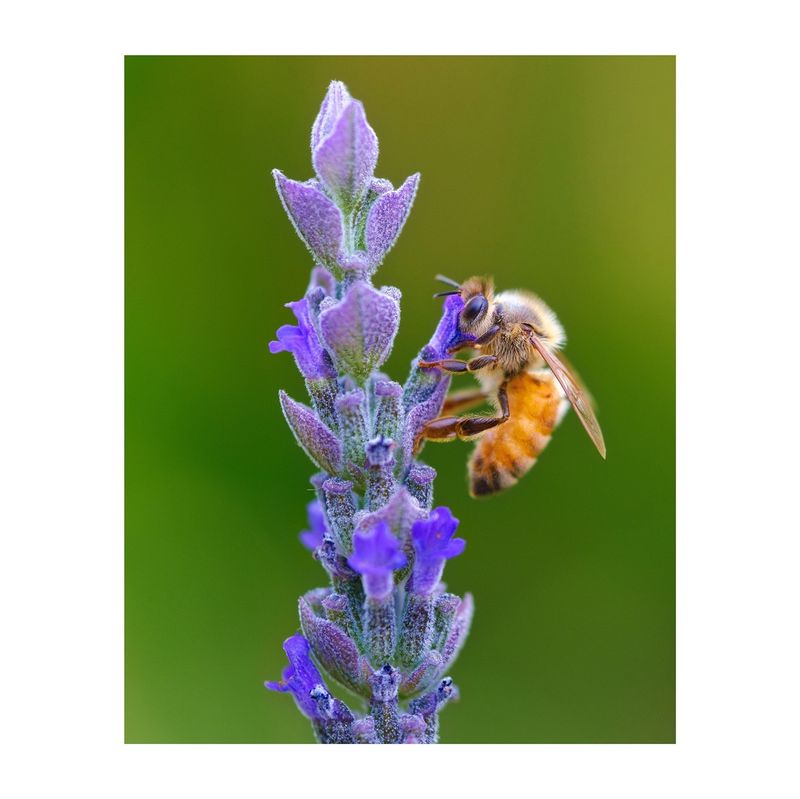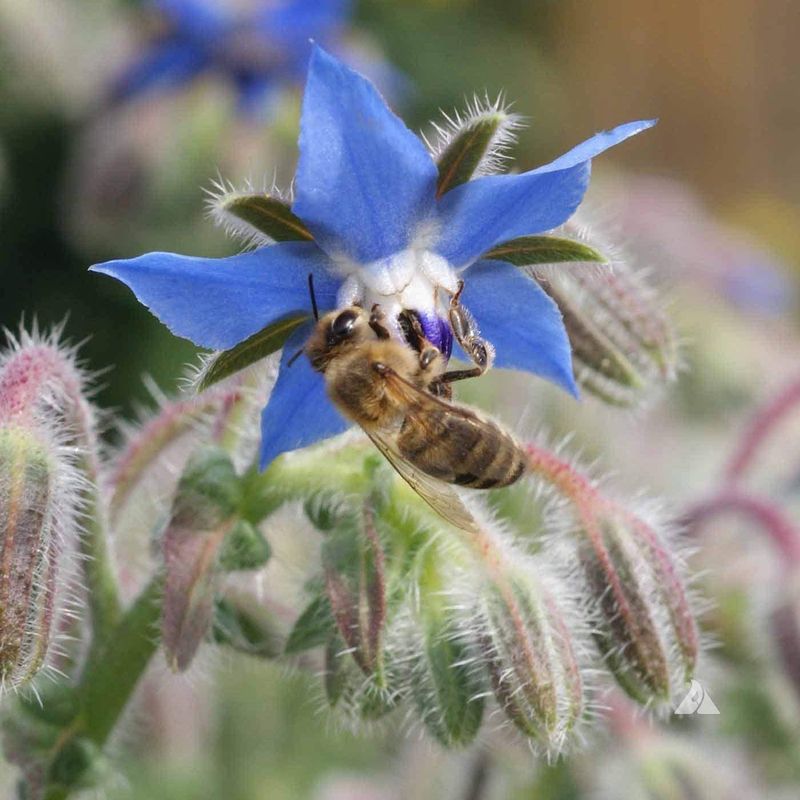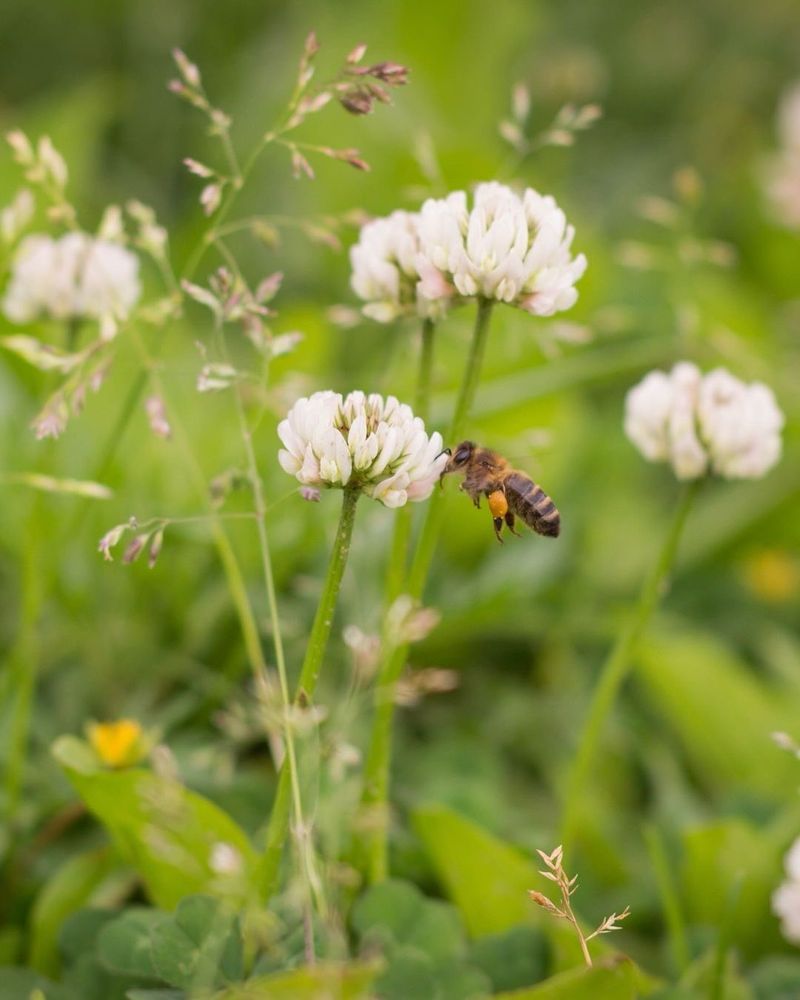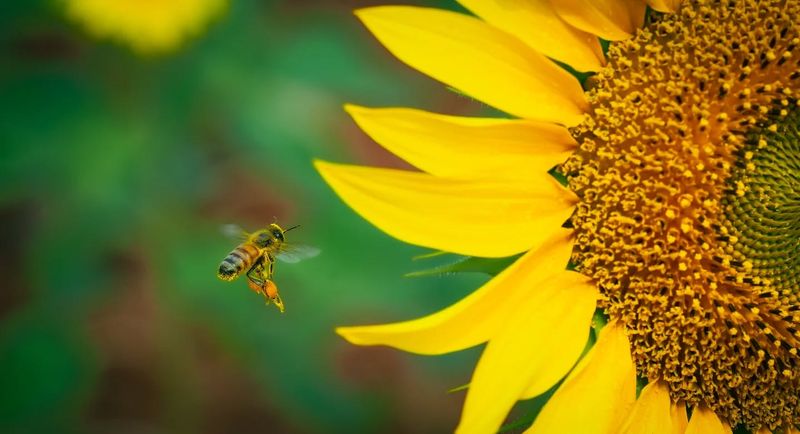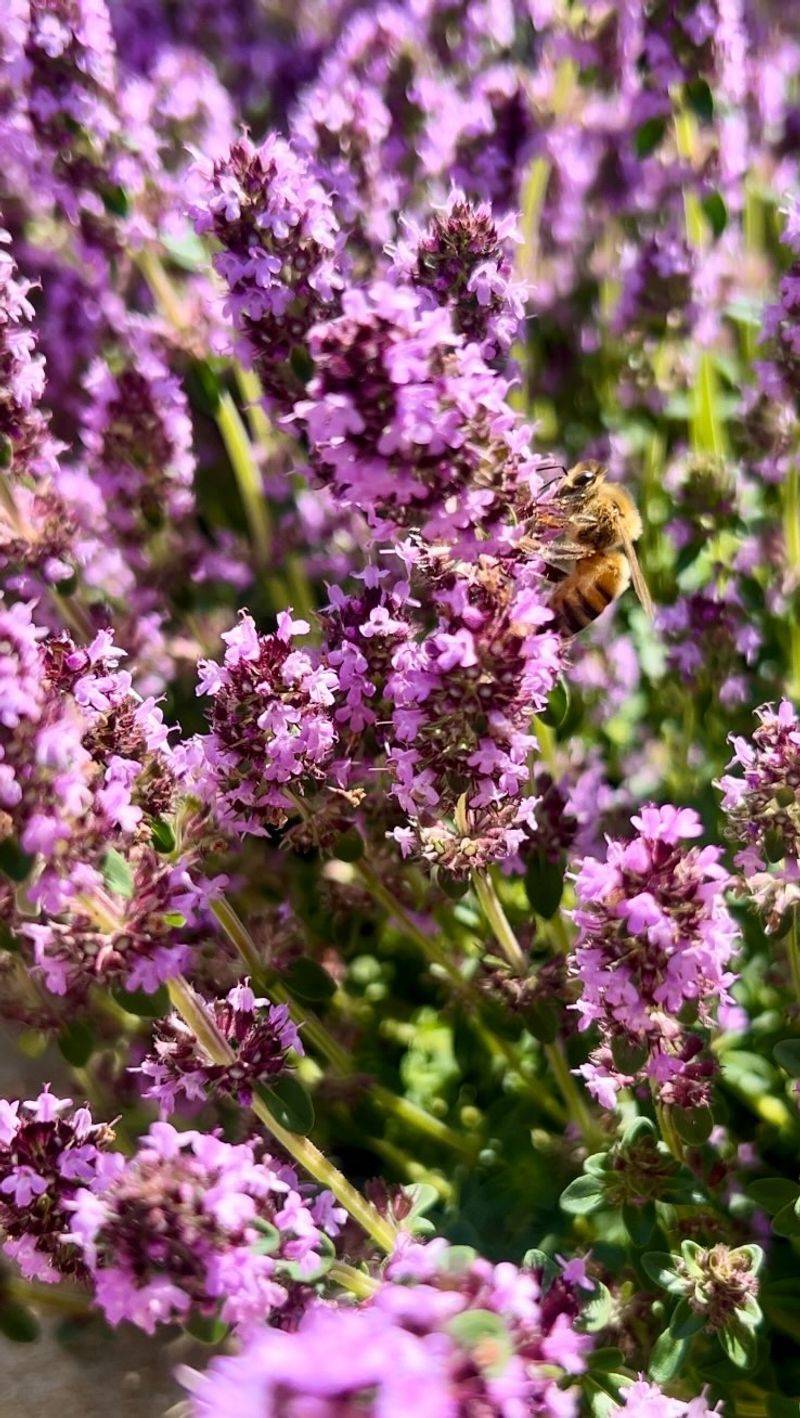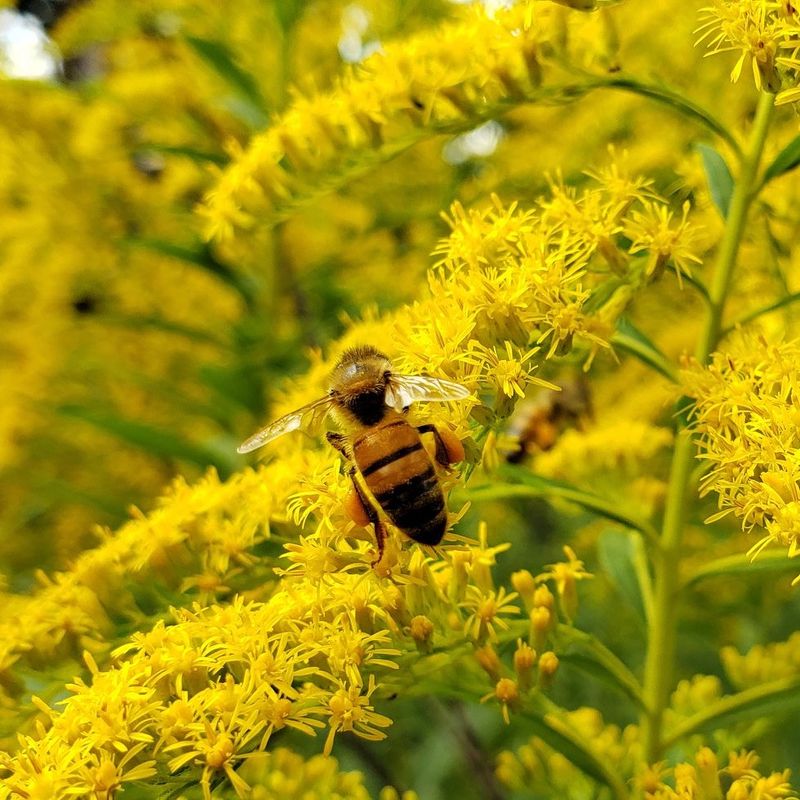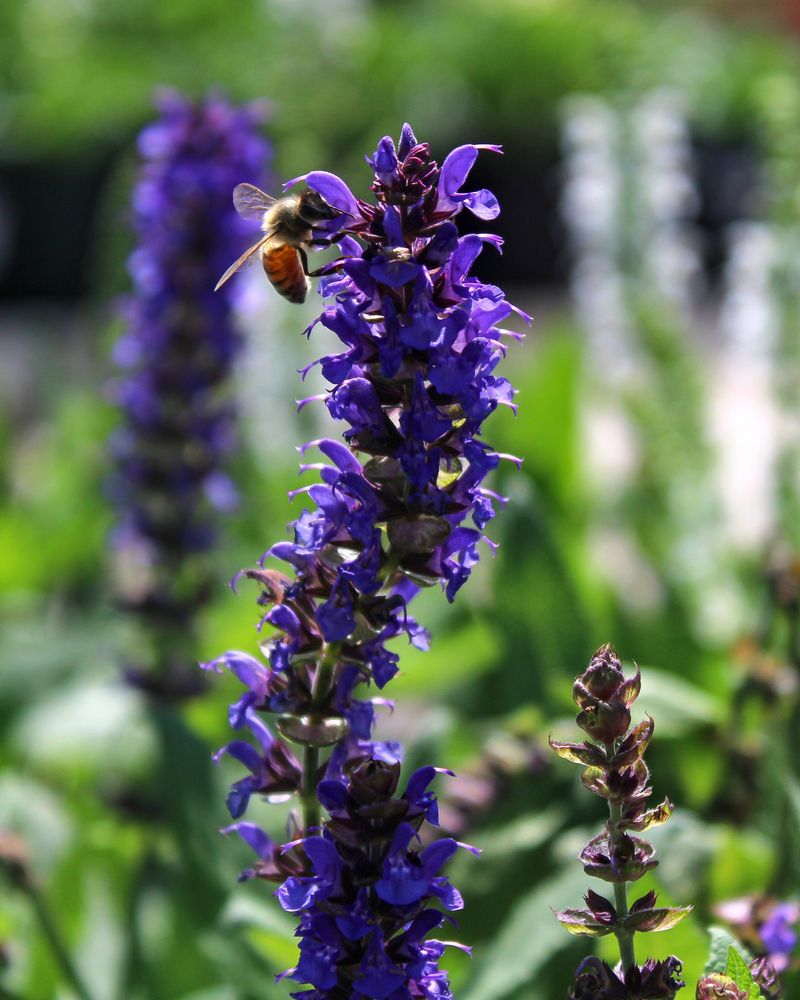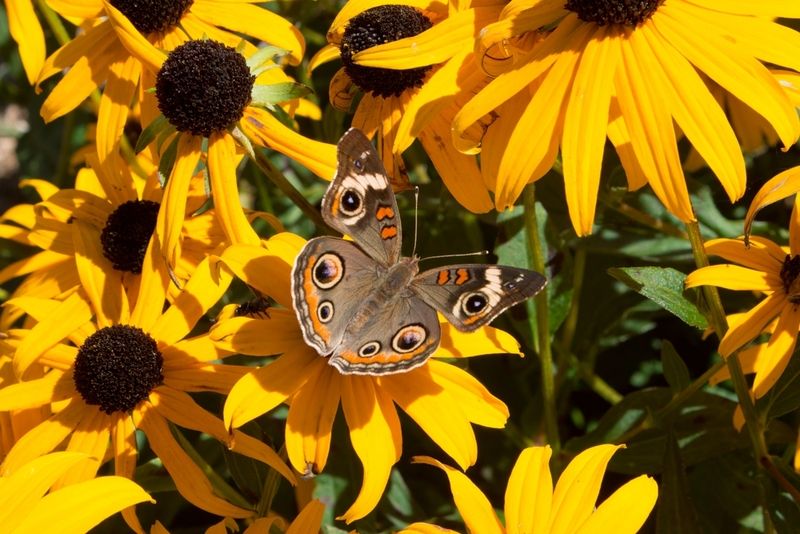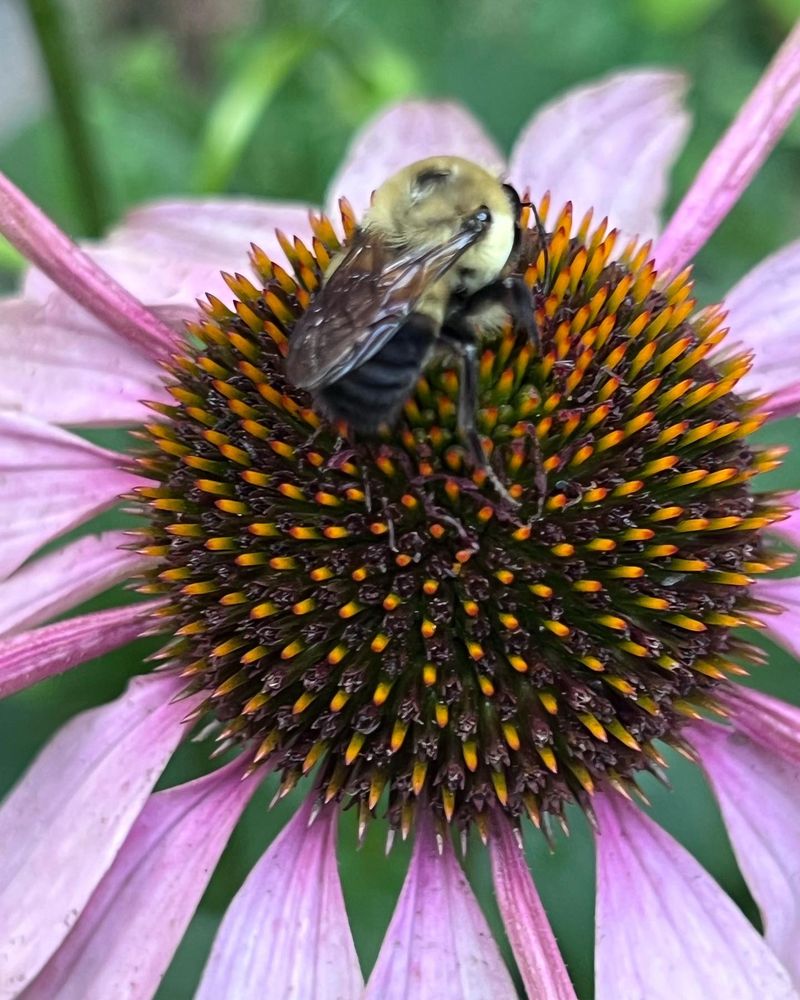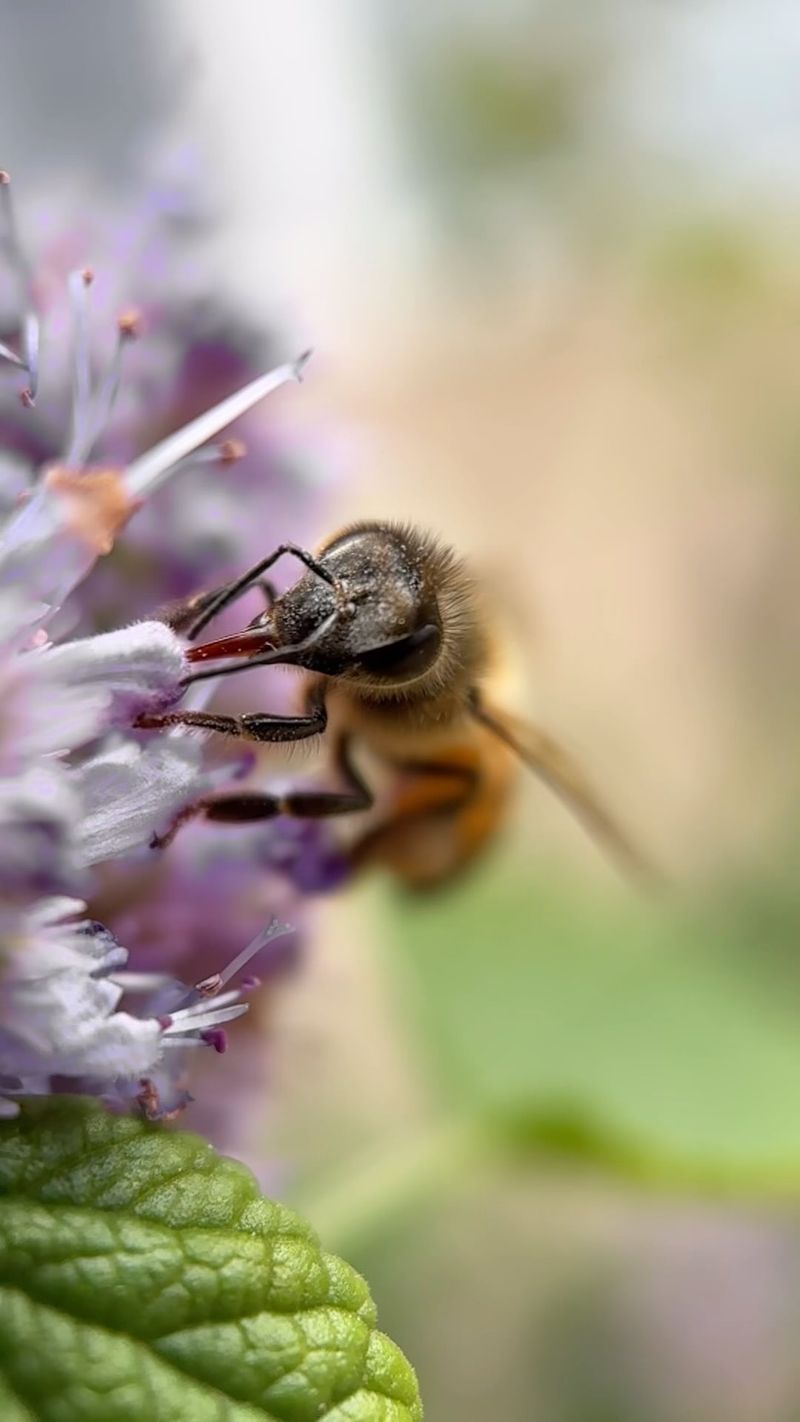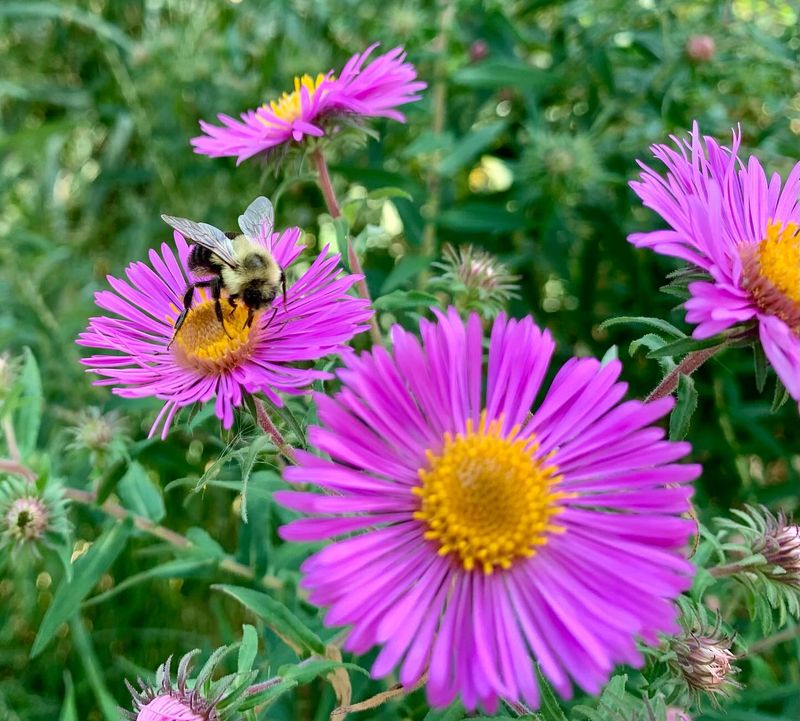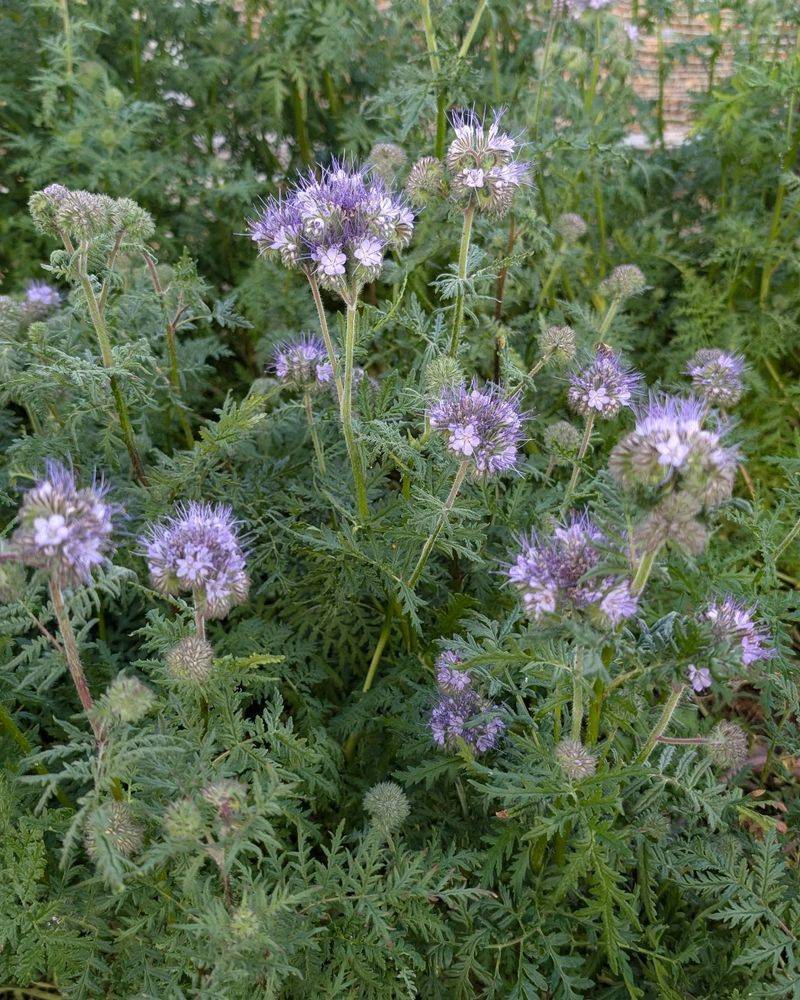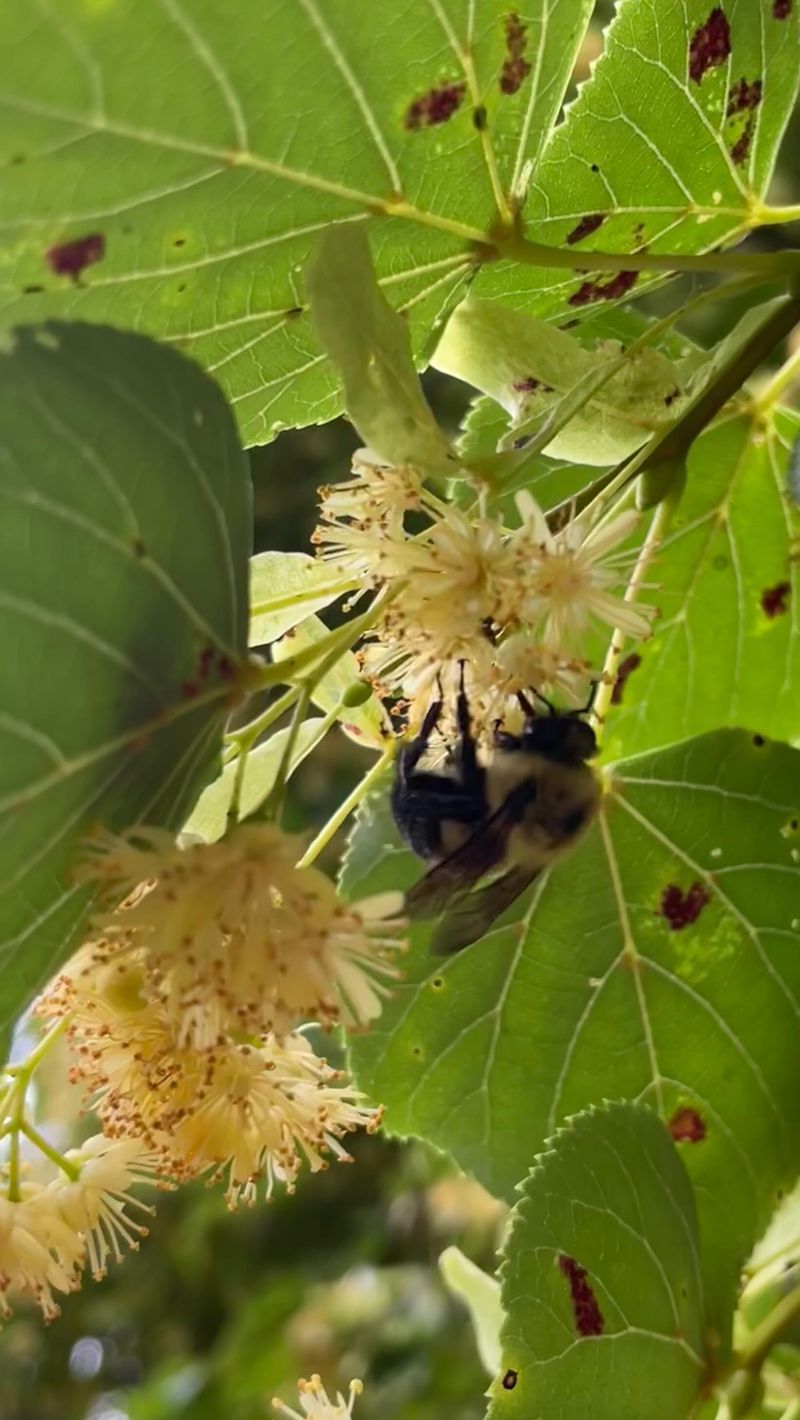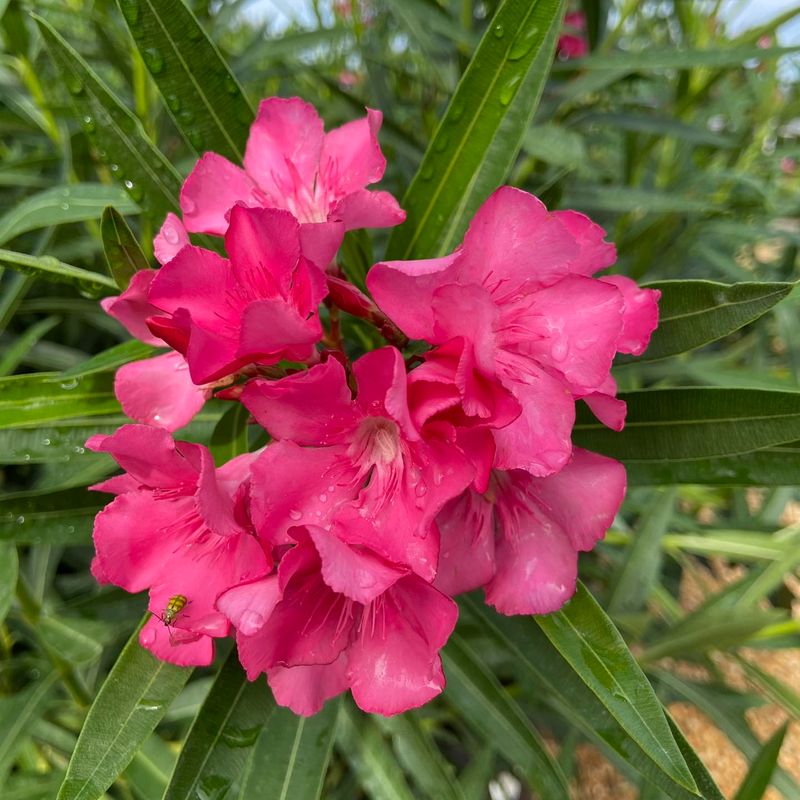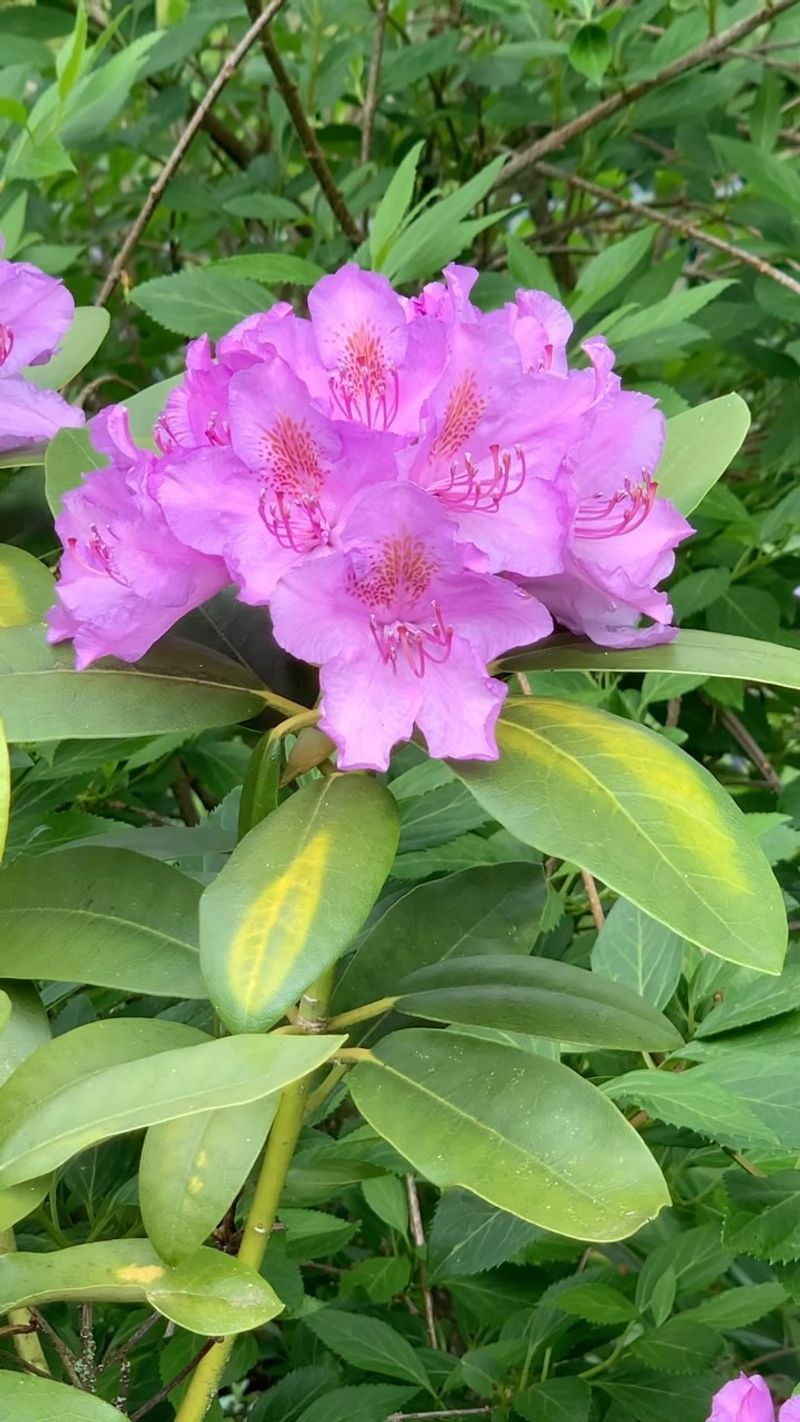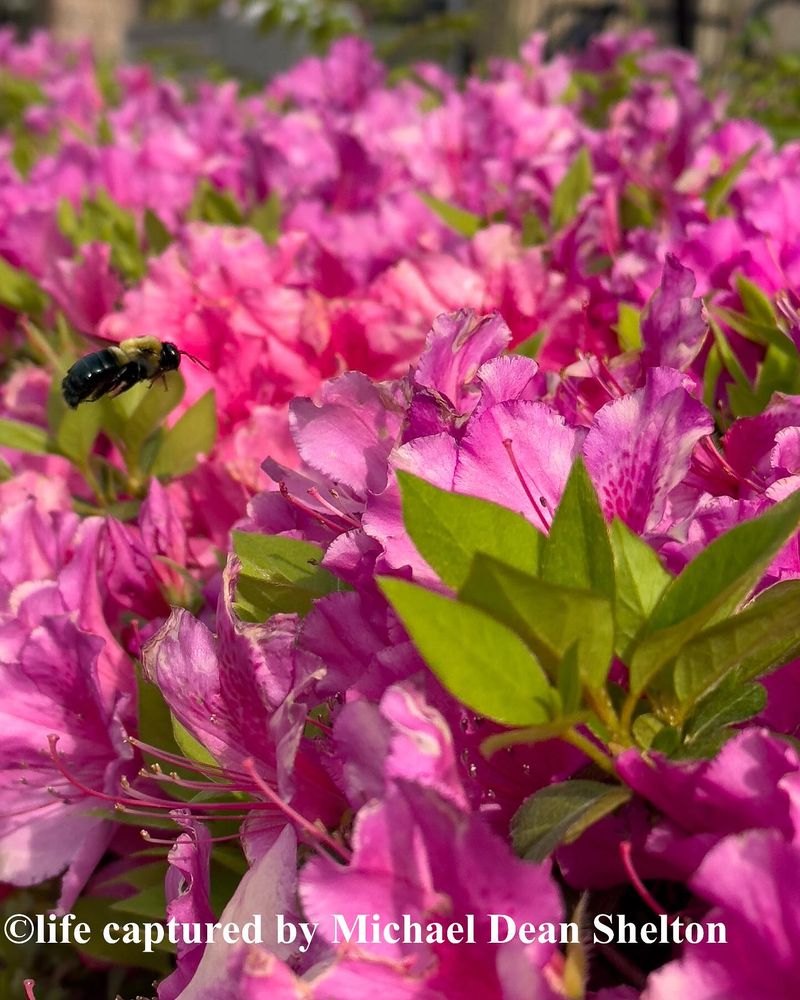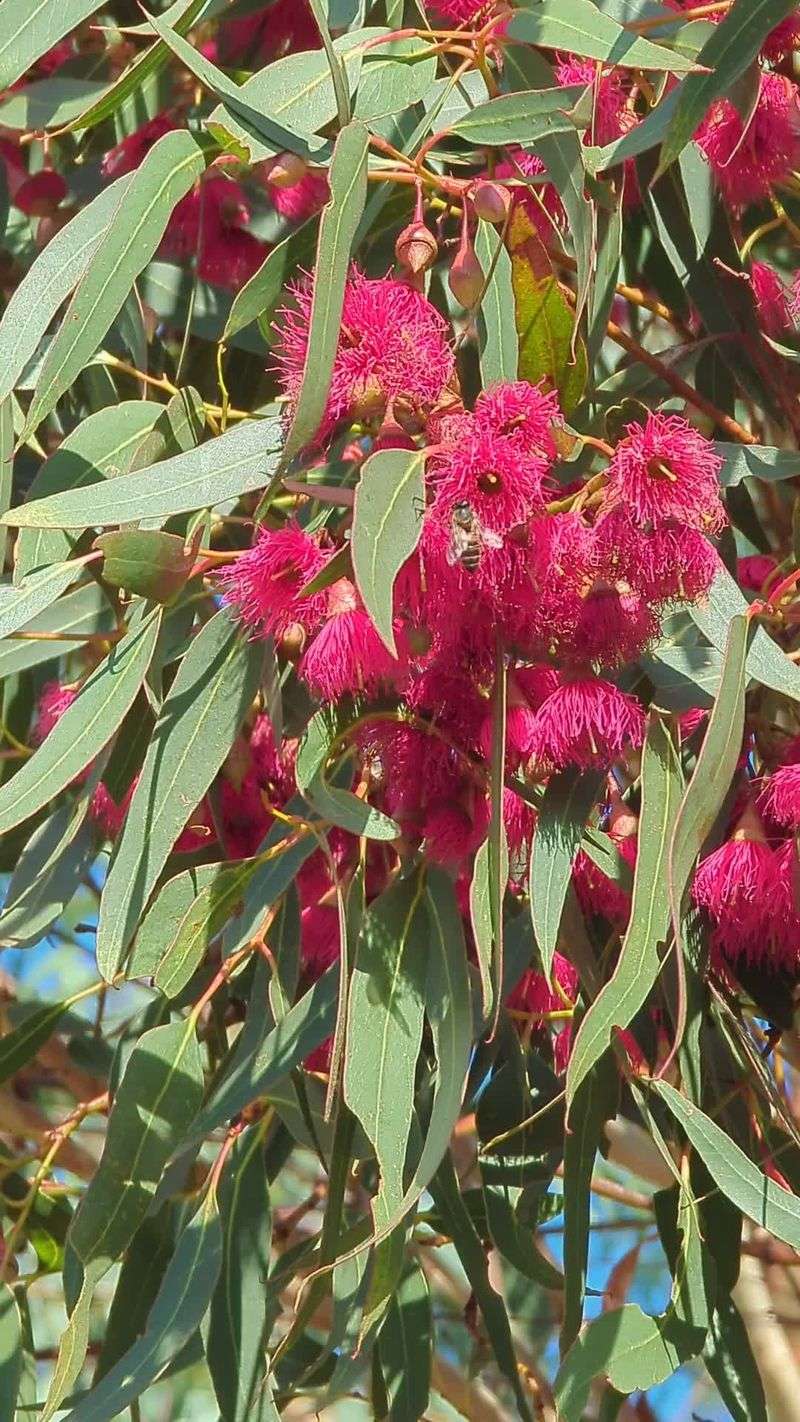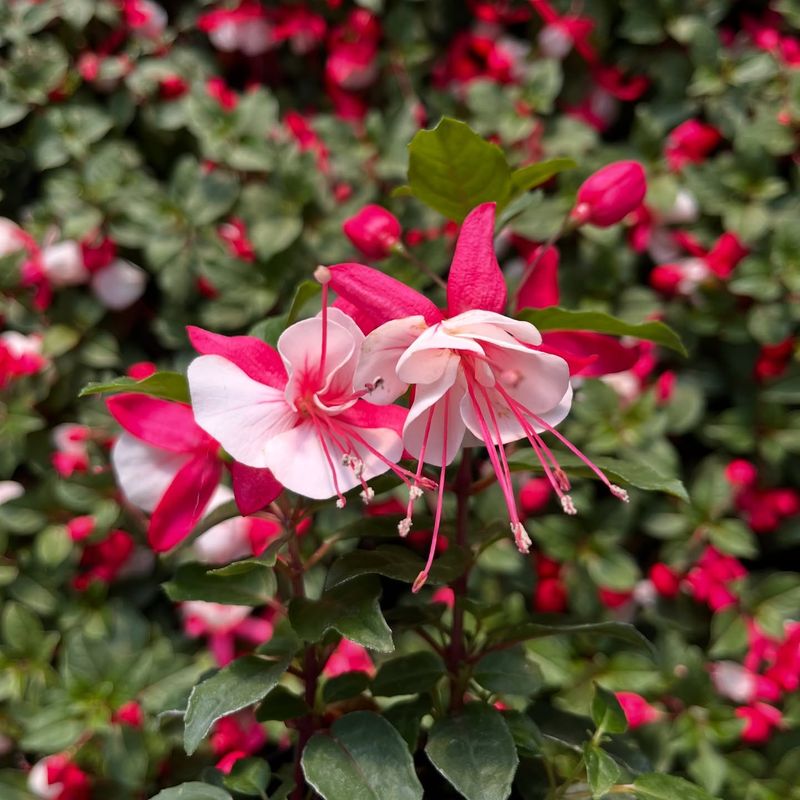Attracting honey bees and other pollinators to your garden starts with planting the right flowers. Not all plants provide the nectar these vital creatures need, but some are absolute favorites. In this guide, you’ll find 15 top nectar-producing plants that will keep bees buzzing happily around your garden. Plus, we’ll highlight 5 common plants that offer little help—or even deter pollinators altogether.
1. Lavender
Lavender is more than just a fragrant herb. Its beautiful purple spikes attract bees with their enticing aroma. Planting lavender in your garden offers pollinators a rich source of nectar. This hardy plant thrives in sunny spots and well-drained soil.
As bees buzz happily around lavender, you’ll add not only color but also a calming scent to your space. Lavender’s resilience makes it an ideal choice for gardeners aiming to support bees and enjoy a touch of Provence at home.
2. Bee Balm (Monarda)
With its vibrant red and pink flowers, Bee Balm is a favorite among bees. This plant’s tubular petals are perfect for long-tongued pollinators seeking nectar. Bee Balm adds a splash of color to any garden and thrives in sunny areas.
Besides attracting bees, it can also bring hummingbirds and butterflies to your yard. As an added bonus, Bee Balm is easy to grow and maintain, making it a gardener’s delight.
3. Borage
Borage, with its star-shaped blue flowers, is a magnet for bees. This beautiful annual herb offers abundant nectar, especially in the early morning. Borage grows well in sunny, well-drained gardens and can also be planted in pots.
As bees delight in the borage, the plant also contributes to a lovely garden display. Its edible flowers can be a fun and tasty addition to your salads or summer drinks, adding versatility to its charm.
4. Clover (White, Red, Crimson)
Bees and other pollinators delight in clover—whether it’s white, red, or crimson. Its dense clusters of small flowers provide endless nectar. Clover can be a lovely addition to lawns or meadows, enhancing biodiversity.
This resilient plant also enriches the soil with nitrogen, benefiting your garden overall. Plus, the sight of a field dotted with colorful clover blossoms and busy bees is simply enchanting.
5. Sunflower
Sunflowers are towering giants that command attention in any garden. Their big, sunny faces attract bees looking for both nectar and pollen. Sunflowers grow best in full sun and well-drained soil, making them a summer favorite.
Besides being a bee magnet, these flowers can also provide seeds for birds. A garden filled with sunflowers swaying in the breeze brings joy to both bees and humans alike.
6. Thyme
Known for adding flavor to dishes, this fragrant herb also serves up plenty of nectar, making thyme a reliable stop for hungry bees. Plant thyme in a sunny spot with well-drained soil to see it thrive.
As bees hop from flower to flower, thyme adds both flavor and fragrance to your garden. Its low-growing nature makes it an excellent ground cover or addition to a herb garden.
7. Goldenrod
Goldenrod is a late-summer bloomer that fills gardens with its bright yellow flowers. This plant is a crucial food source for bees, especially as the seasons change. Goldenrod prefers sunny areas and can tolerate a variety of soil types.
Its nectar-rich blooms not only attract bees but also butterflies, making it a multi-pollinator plant. A patch of goldenrod waving in the breeze brings life and color to any landscape.
8. Sage
While best known for its place in the kitchen, sage produces vibrant purple-blue flowers that attract plenty of bees. Planting sage provides valuable nectar and adds a touch of color to your garden. This hardy plant thrives in full sun and well-drained soil.
As bees visit sage flowers, you’ll enjoy both their bustling activity and the herb’s aromatic foliage. Sage is a win-win for attracting pollinators and enhancing garden beauty.
9. Black-Eyed Susan
Black-Eyed Susans are bright and cheerful flowers that bees adore. Their daisy-like yellow petals with dark centers draw pollinators from far and wide. These hardy perennials thrive in full sun and adapt well to different soils.
Creating a vibrant garden display, Black-Eyed Susans support bees throughout the growing season. Their robust nature ensures they return year after year, making them a reliable choice for pollinator-friendly gardens.
10. Echinacea (Coneflower)
Known for its striking pink petals, this hardy plant makes echinacea a favorite stop for bees. These flowers offer abundant nectar and thrive in sunny gardens. Echinacea is not only beautiful but also tough, tolerating drought and resisting pests.
Bees flock to these flowers, helping pollination and enhancing garden vitality. As a perennial, Echinacea returns each year, providing lasting support for pollinators and a perennial burst of color.
11. Hyssop
Hyssop’s tall spikes of purple flowers are a welcome sight for bees. This herb thrives in sunny areas with well-drained soil, producing nectar-rich blooms. Hyssop’s aromatic leaves and vibrant flowers make it a dual-purpose plant for gardeners.
With bees buzzing happily around hyssop, your garden will be alive with activity. Planting hyssop not only supports pollinators but also adds a splash of purple elegance to your garden.
12. Wildflower Mixes
Wildflower mixes create a vibrant, ever-changing display that bees can’t resist. These mixes include a variety of nectar-rich flowers that bloom at different times. Planting wildflowers adds diversity and supports bees throughout the growing season.
Wildflower meadows are not only beautiful but also low-maintenance, making them ideal for gardeners seeking a natural look. Watching bees and butterflies dance among the blooms is a rewarding sight.
13. Aster
Blooming later in the season, asters offer a vital source of nectar for bees when few other plants are still flowering. Their star-shaped flowers come in shades of purple and white, adding elegance to gardens. Astersprefer sunny spots and well-drained soil, making them easy to grow.
As bees gather nectar from asters, they prepare for the cooler months ahead. These flowers offer a reliable late-season food source and enhance garden beauty with their graceful blooms.
14. Phacelia
Phacelia’s clusters of lavender-blue flowers are a bee’s delight. This plant is known for its high nectar production, attracting bees and other pollinators. Phacelia prefers sunny locations and can be used as a cover crop.
Its fast-growing nature helps improve soil health, making it a beneficial addition to gardens. Watching bees buzz around phacelia is a sure sign of a thriving pollinator-friendly environment.
15. Linden Tree (Basswood)
The linden tree, also known as basswood, offers fragrant pale yellow flowers that bees adore. Blooming in early summer, it provides essential nectar just when bees need it most. Linden trees thrive in a range of soils and provide shade and beauty.
Standing under a blooming linden tree, you’ll hear the soft hum of bees. This majestic tree supports pollinators and adds grace and charm to landscapes.
16. Oleander – Toxic To Bees And Other Pollinators
Though oleander boasts beautiful blossoms, it’s important to know that it is toxic to bees and other pollinators. Its lovely flowers may attract bees, but they offer little safe nectar. Oleander thrives in sunny, dry conditions and is often used as an ornamental plant.
Gardeners should exercise caution and consider other options to support pollinator health. While stunning, oleander’s presence requires awareness of its risks.
17. Rhododendron – Contains Compounds That Can Be Harmful To Bees
Rhododendrons are known for their spectacular blooms, but some species can be harmful to bees. The nectar may contain compounds that affect bee health. Rhododendrons thrive in acidic, well-drained soils and are popular for their showy flowers.
While rhododendrons are a garden favorite, it’s wise to consider bee-friendly alternatives. Understanding the impact on pollinators helps create a more supportive environment.
18. Azalea – Produces Little Nectar And Can Be Toxic To Pollinators
Despite their vibrant beauty, azaleas produce little nectar and can be toxic to pollinators. Their stunning pink blossoms bring color to gardens but aren’t ideal for supporting bee populations. Azaleas prefer partial shade and acidic soil.
For those seeking to help pollinators, exploring other flowering plants might be beneficial. While azaleas captivate with their appearance, awareness of their limitations is key.
19. Eucalyptus (Some Species) – Low Nectar Production Depending On The Variety
Eucalyptus trees, with their aromatic leaves, vary in nectar production. Some species offer little to bees, while others provide more. These trees thrive in well-drained soil and full sun, often used for their foliage.
Gardeners aiming to support pollinators should research specific eucalyptus varieties. While they add a unique touch to landscapes, understanding their nectar levels helps in making bee-friendly choices.
20. Fuchsia – Attractive Flowers But Low In Nectar, Offering Little Reward For Bees
Fuchsia’s hanging flowers are eye-catching, yet they produce low nectar, offering limited reward for bees. These plants thrive in cool, shady areas and are popular in garden borders.
While fuchsias add vibrant color, considering other plants for bee support might be wise. Their beauty is undeniable, but the quest for nectar-rich options continues for those passionate about pollinator health.

